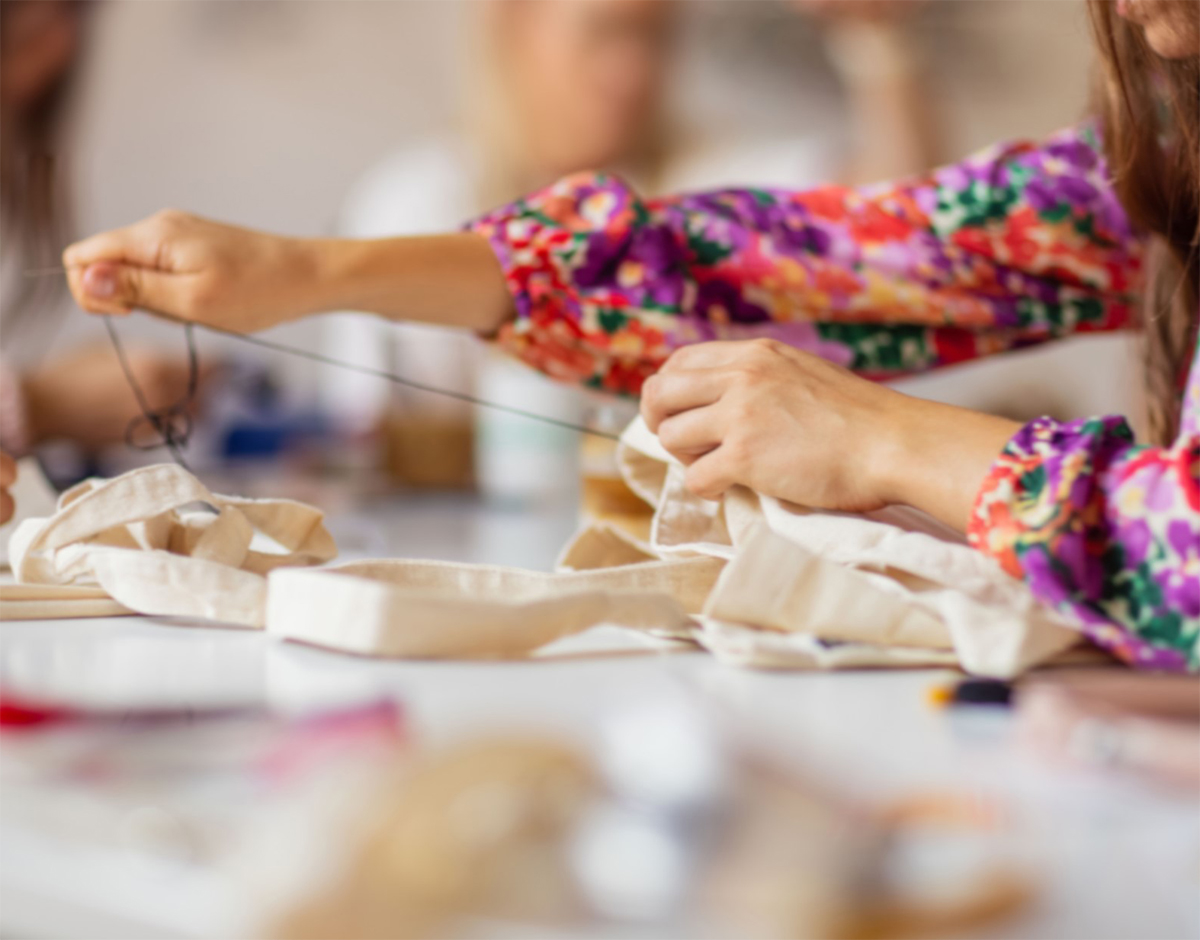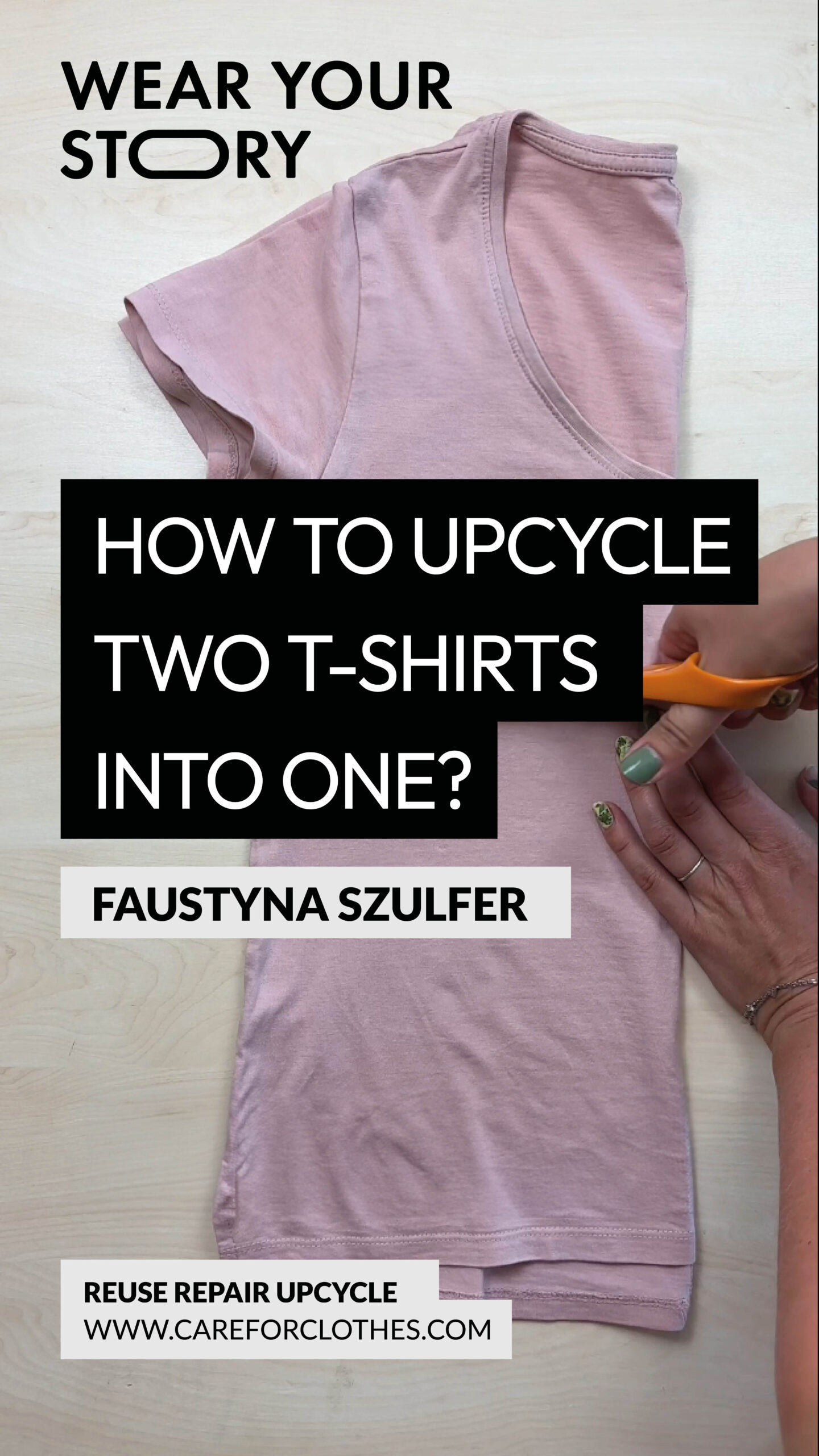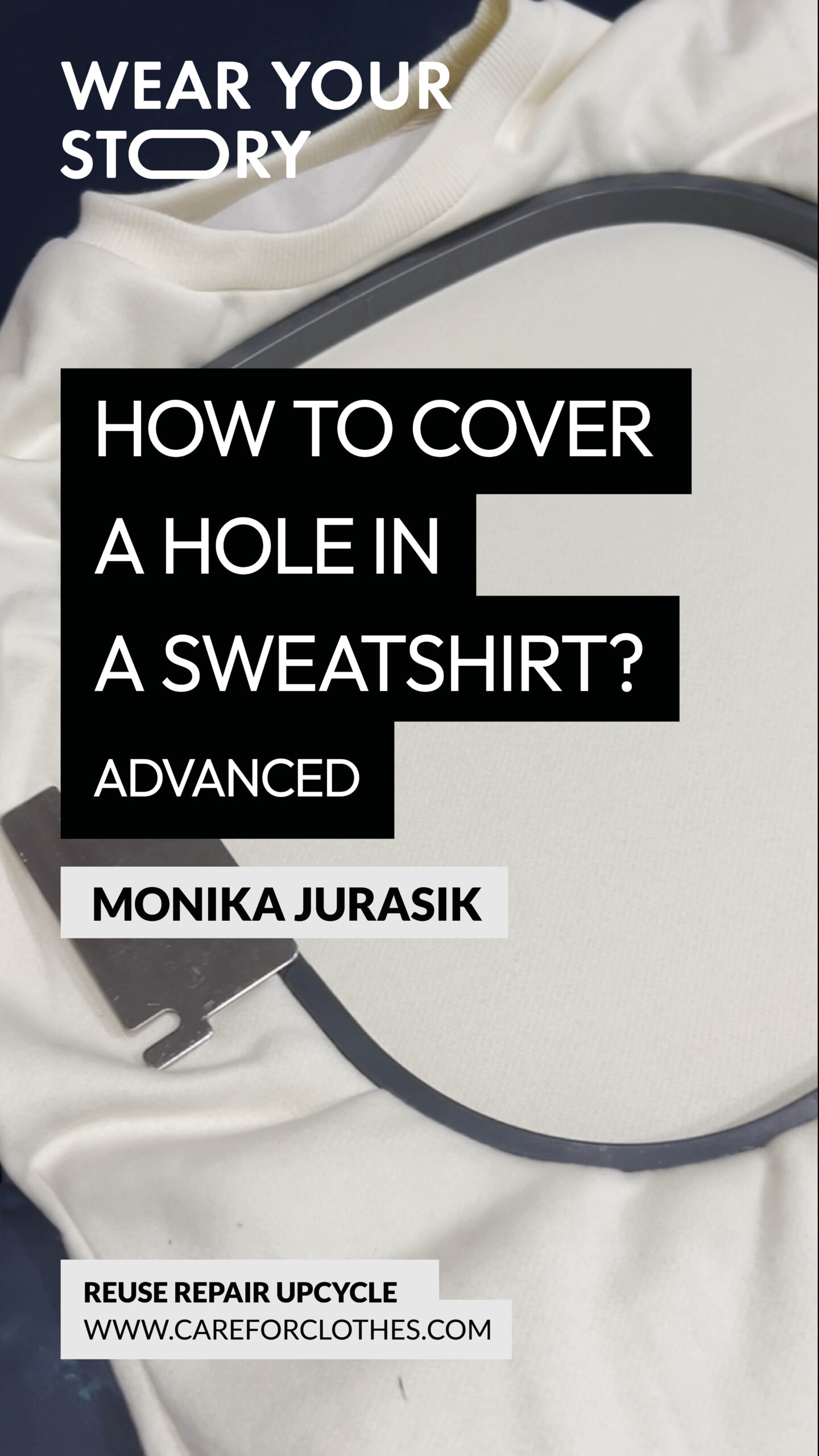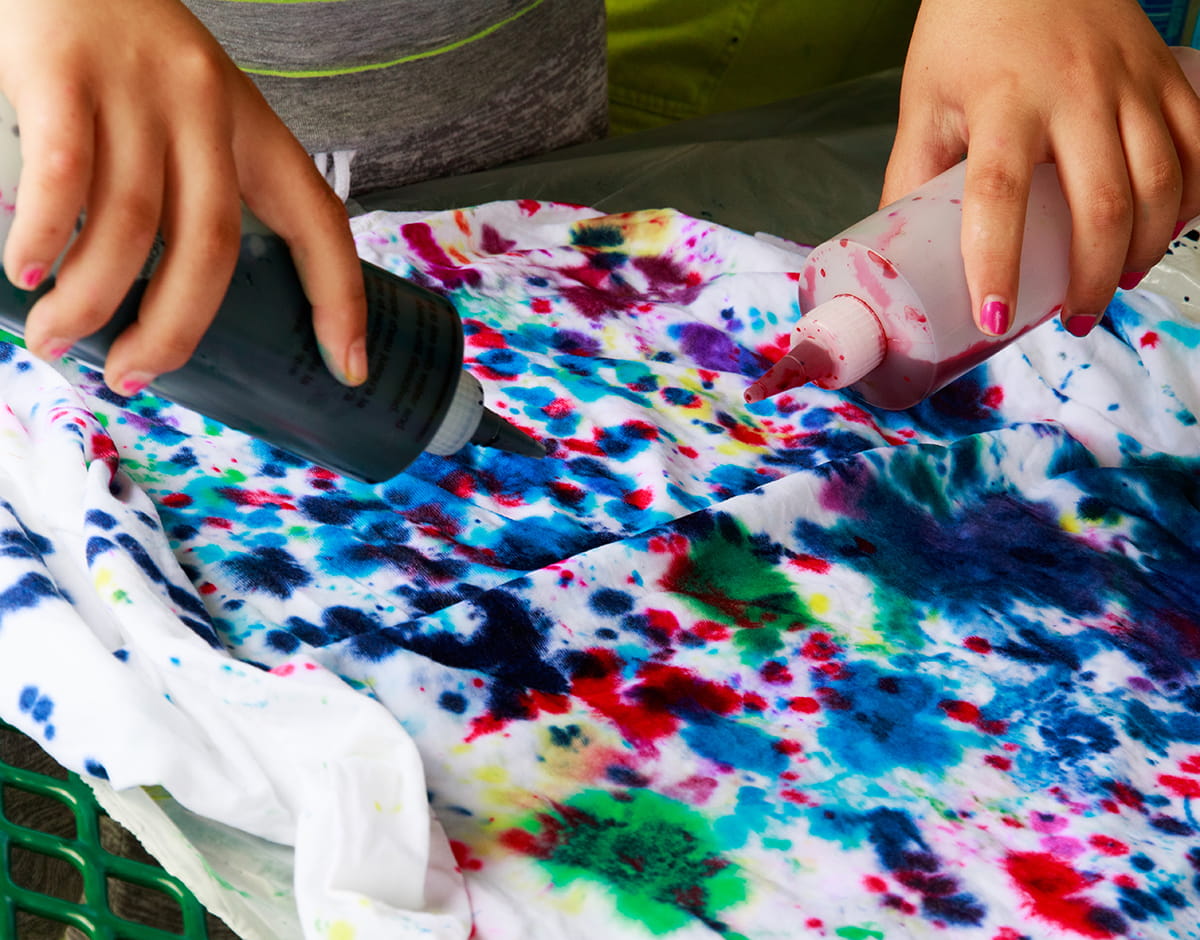Rework

Reworking or repurposing clothes is a great way to extend their life and preserve the emotional stories buried in specific pieces of your wardrobe. It’s also a way to save money on the household budget for the benefit of you, your family and the environment. Discover our tips, tricks and hints on how to rework clothes in a simple way to wear them longer and express your unique style.
Learn how to start reworking clothes
Learn simple alteration techniques
Mastering the basic methods of altering clothes is an invaluable skill in the world of upcycling. Start with simple alterations, such as moving buttons, changing the length of a skirt or narrowing the sides of a shirt to better fit your figure. These small modifications can completely transform the way a garment sits on you and give it a new dimension. By practising these techniques, you will not only increase the value and functionality of your wardrobe, but you will also develop your own tailoring skills, which in turn will allow for more complex alteration projects in the future.
Learn about the types of materials and accessories needed for upcycling
Transforming old clothes into something new and exciting starts with understanding the potential inherent in a variety of fabrics. Experiment with unique materials, such as old lace, patchwork or even pieces of leather to add character to upcycling projects. You can also give old clothes a new lease of life with a little tailoring. Simply add appliqués, decorative patches or embroidery to a beloved, now slightly worn jacket.
Stock up on creative tools that will allow you to explore new techniques – from fabric paints and textile markers, to applique and embroidery kits, to special scissors for quilting and decorative fabrics. But don’t forget that sometimes a simple pair of scissors and thread is enough to transform a garment and give it a new character. Also think about modern accessories, such as thermoglues or fabric cutting machines, which will open up new possibilities for you to create unique designs.
Learn from others
Be inspired by the work of other upcycling makers, both amateurs and professionals. Follow different projects on social media, blogs or upcycling workshops and courses. Exchange experiences, ask for advice and share your own successes and challenges.
The upcycling community is rich in knowledge and creative ideas that can inspire you to try new techniques and approaches. Remember, everyone has something valuable to contribute, and learning through collaboration and sharing experiences can greatly accelerate your upcycling skills.
Use unusual elements for decoration
Don’t be afraid to experiment with unconventional materials and objects that can give your upcycling projects an original look. Old buttons, beads from unwanted necklaces, bits of old lace and even pieces of jewellery can be transformed into unique decorative pieces.
Such creative recycling not only allows materials that would otherwise end up in the trash to be reused, but also gives clothes a personal touch. Each accessory thus becomes a testament to creativity and aesthetic sense, transforming ordinary items into true works of art.
We want to rework clothes to preserve their stories


ARTICLES





